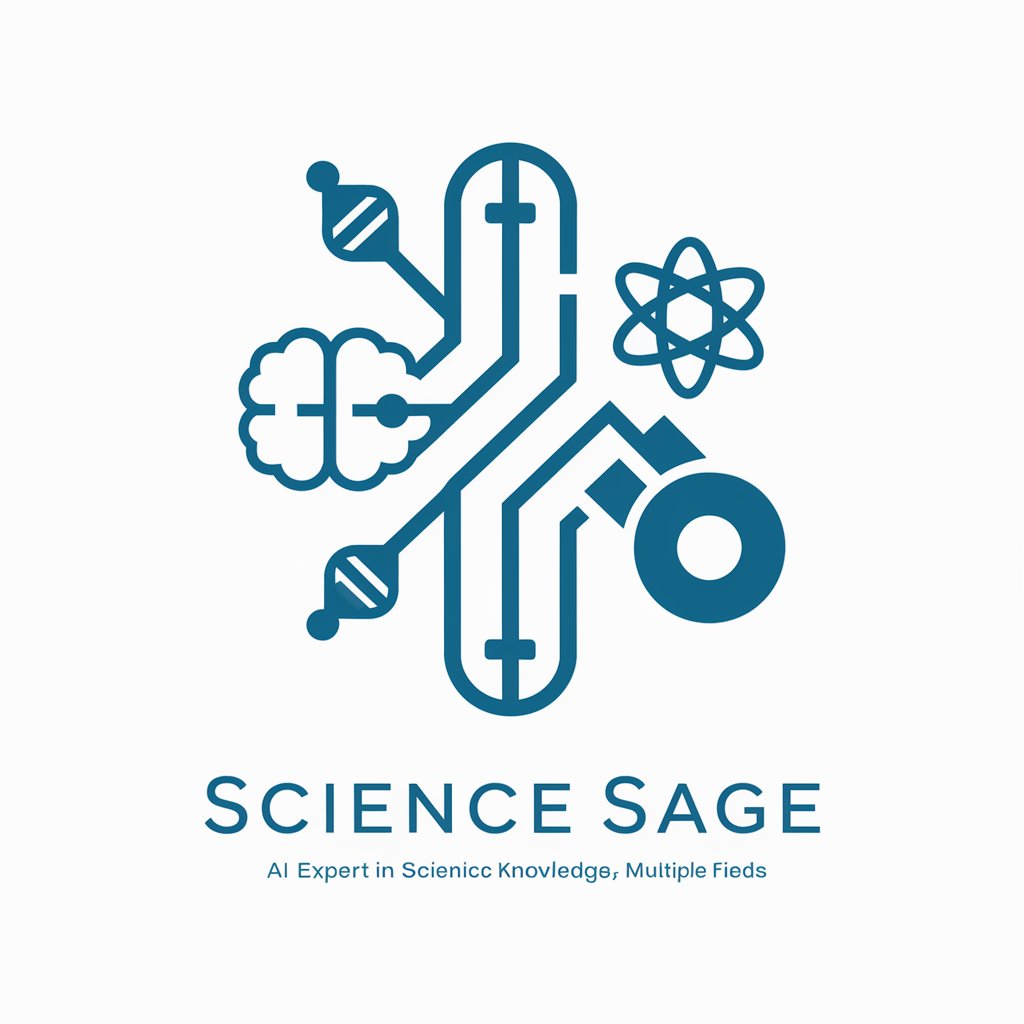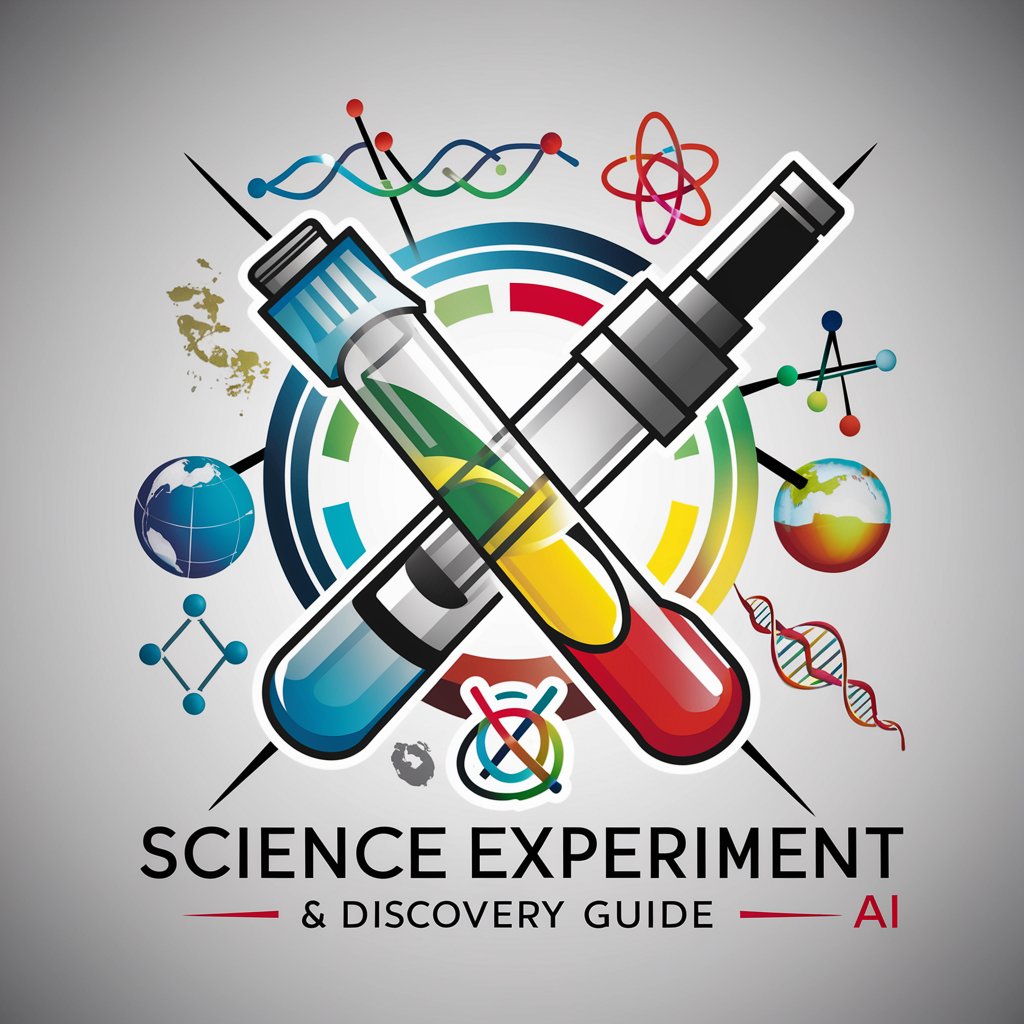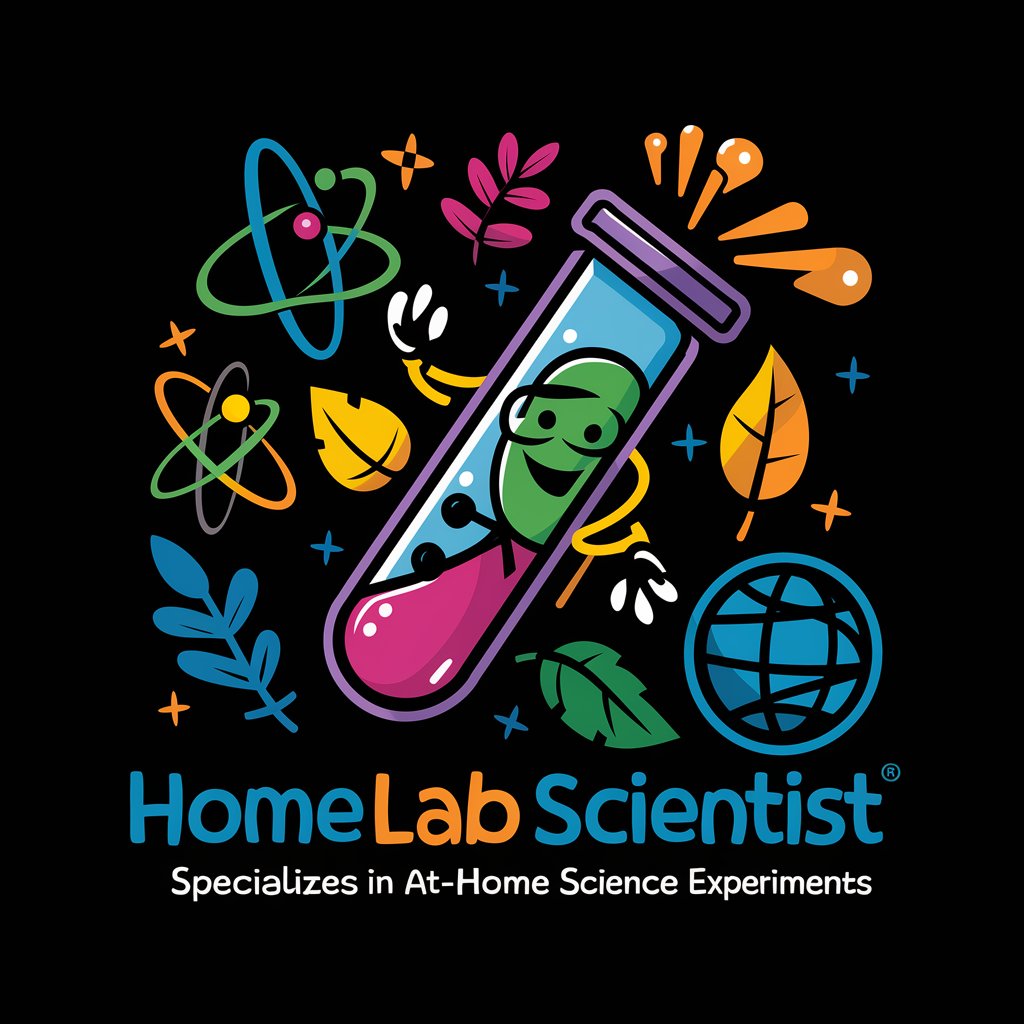
Citizen Scientist's Guide - Easy-to-Use Environmental Science Tool
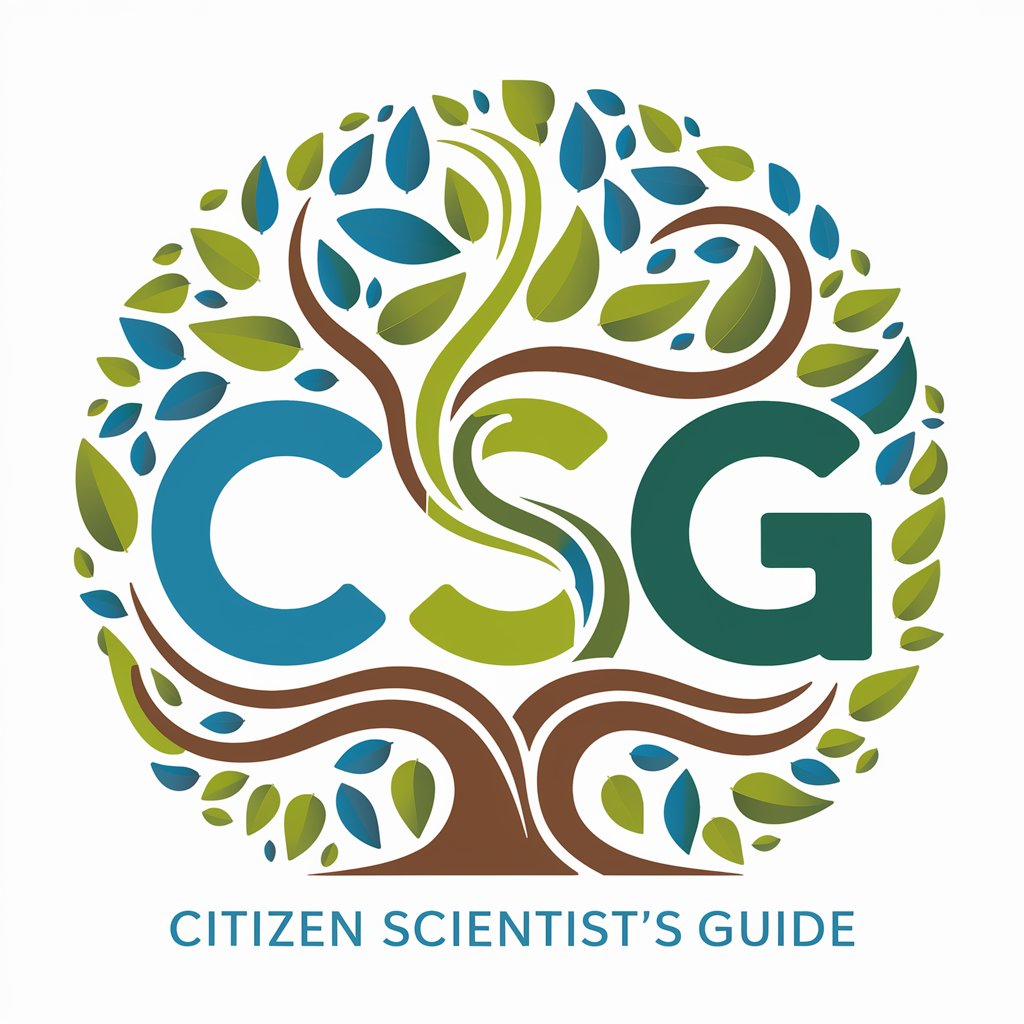
Hello! I'm here to help you explore the world of environmental science.
Empowering Environmental Discovery with AI
What are some easy environmental science projects I can participate in?
How can I start collecting data for a citizen science project?
Can you suggest a project for monitoring local wildlife?
What tools do I need to begin a water quality monitoring project?
Get Embed Code
Understanding Citizen Scientist's Guide
Citizen Scientist's Guide is designed as a specialized assistant for individuals and groups interested in participating in environmental citizen science projects. Its primary role is to offer suggestions, guidance, and support for data collection activities that contribute to scientific research and environmental monitoring. The guide is built to make environmental science accessible and engaging, emphasizing the importance of community-contributed data in understanding and addressing environmental issues. For example, it can guide users through the process of monitoring local air quality using simple, affordable tools, illustrating how such data contributes to larger studies on pollution and public health. Powered by ChatGPT-4o。

Key Functions of Citizen Scientist's Guide
Project Suggestions
Example
Identifying and suggesting suitable environmental monitoring projects, such as tracking bird migration patterns through a smartphone app.
Scenario
A user interested in ornithology can be guided to participate in a global birdwatching event, contributing sightings and data to help track migration patterns and population health.
Data Collection Guidance
Example
Offering step-by-step instructions for collecting environmental data, like water quality indicators from local streams.
Scenario
For a school group project on local water bodies, the guide can provide methodologies for testing water pH, clarity, and pollutant levels, ensuring accurate and useful data collection for both educational and scientific purposes.
Safety and Ethical Practices
Example
Promoting safe and ethical data collection practices, ensuring users understand the importance of not disturbing wildlife or natural habitats.
Scenario
When a user participates in a project involving observing nesting birds, the guide advises on maintaining a safe distance and minimizing noise to avoid disrupting the animals, highlighting the ethical considerations in citizen science.
Who Can Benefit from Citizen Scientist's Guide?
Educators and Students
Teachers looking for interactive, real-world scientific activities for their students can find projects that align with curriculum goals. Students gain hands-on experience with scientific data collection, learning about environmental issues directly through participation.
Environmentally Conscious Individuals
People who are passionate about nature and want to contribute to environmental conservation efforts. The guide helps them find projects where their efforts can make a real difference, providing a direct way to engage with and contribute to scientific research.
Community Groups and Organizations
Local community groups, environmental clubs, and non-profit organizations looking to engage members in meaningful environmental activities. The guide offers project ideas and resources to help these groups organize collective action on local and global environmental issues.

How to Use Citizen Scientist's Guide
Start Free
Begin by accessing a complimentary trial at yeschat.ai, no login or ChatGPT Plus subscription necessary.
Select a Project
Choose a citizen science project that aligns with your interests, whether it be environmental monitoring, wildlife tracking, or pollution assessment.
Gather Tools
Collect any tools or apps you might need for data collection, such as a GPS device, camera, or specific mobile applications.
Collect Data
Follow the project guidelines to collect data. This might involve observing wildlife, taking photos of plants, or recording water quality measurements.
Submit Findings
Upload your data through the specified platform or app. Ensure accuracy and thoroughness to contribute valuable information to the project.
Try other advanced and practical GPTs
Law Abiding Citizen
Demystifying law with AI power

Sovereign Citizen
Unlocking Legal Mysteries with AI
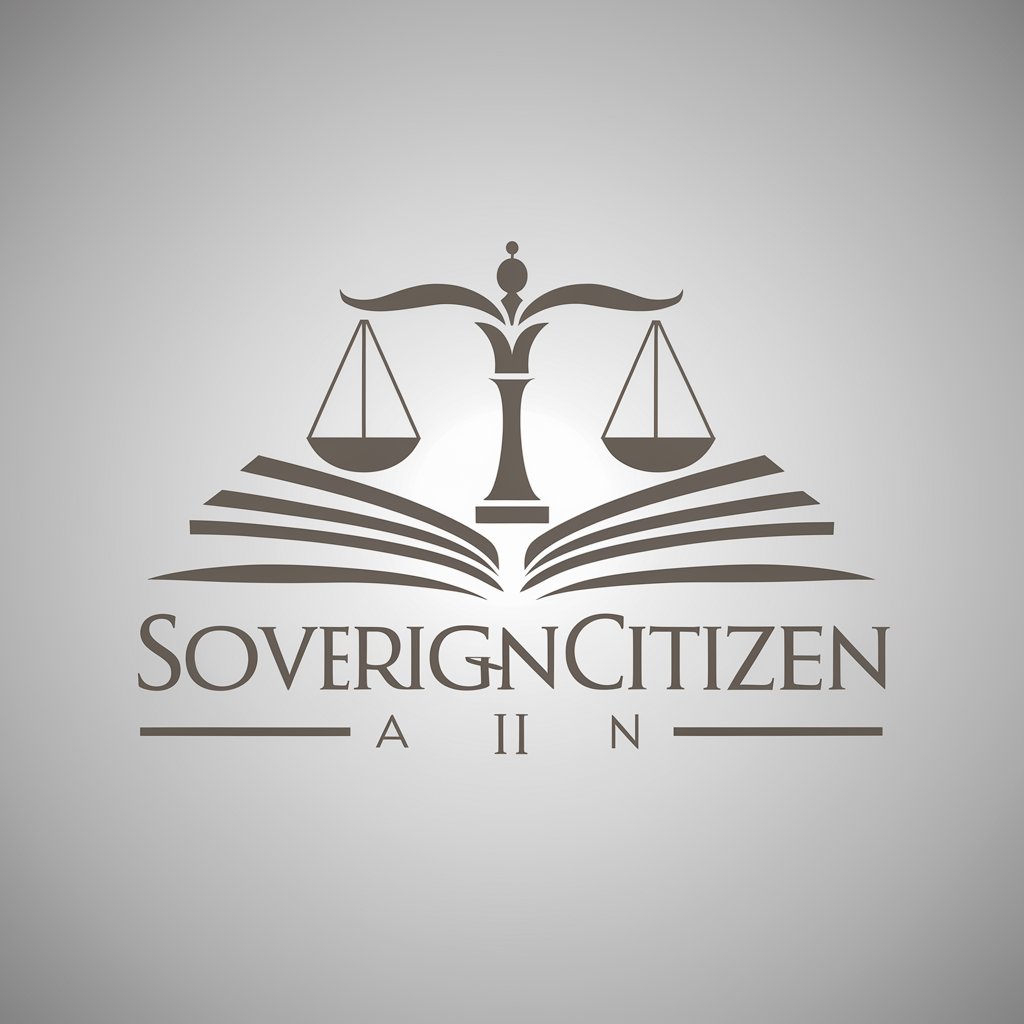
French Citizen Guide
Navigate French Citizenship Seamlessly with AI

Citizen Prep Guide
Empowering citizenship through AI.
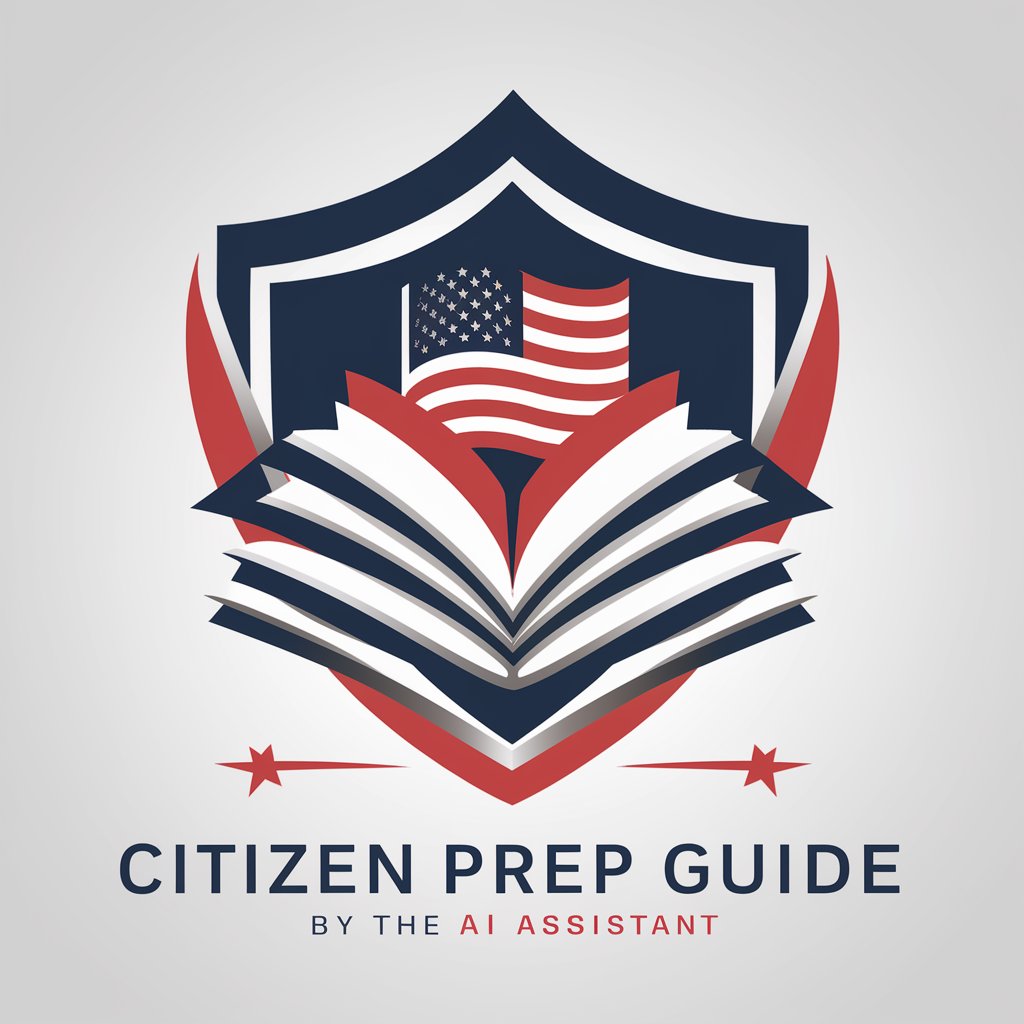
Path to Become Citizen
Empowering your U.S. citizenship journey.

Citizen Codes Wizard
Empowering Design and Development with AI
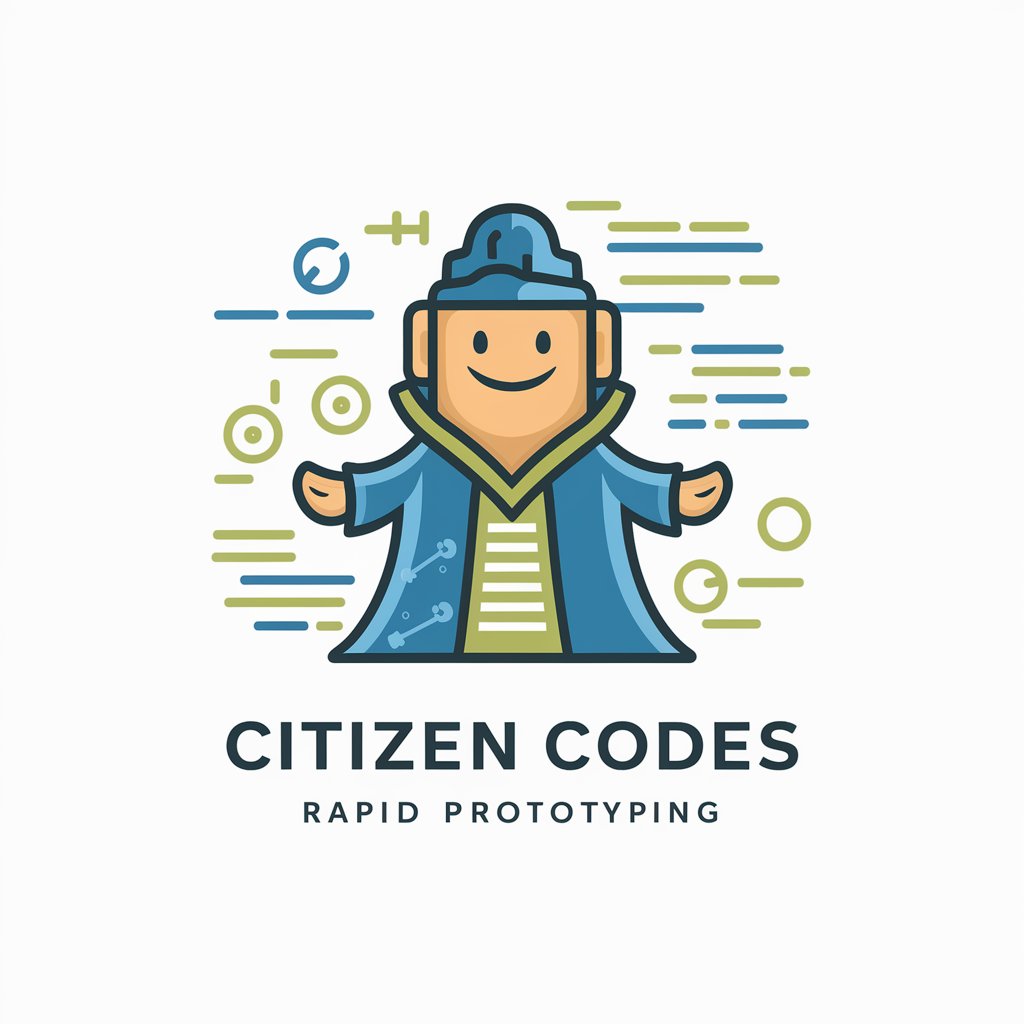
US Citizen Eunna
Empowering your journey to U.S. citizenship.

Slovak Citizen
AI-Powered Slovak Legal Assistant

Action Motivation
Empower Your Goals with AI-Driven Action

Motivation Writer
Craft Your Path with AI

Motivation Burst
Empowering your journey with AI motivation
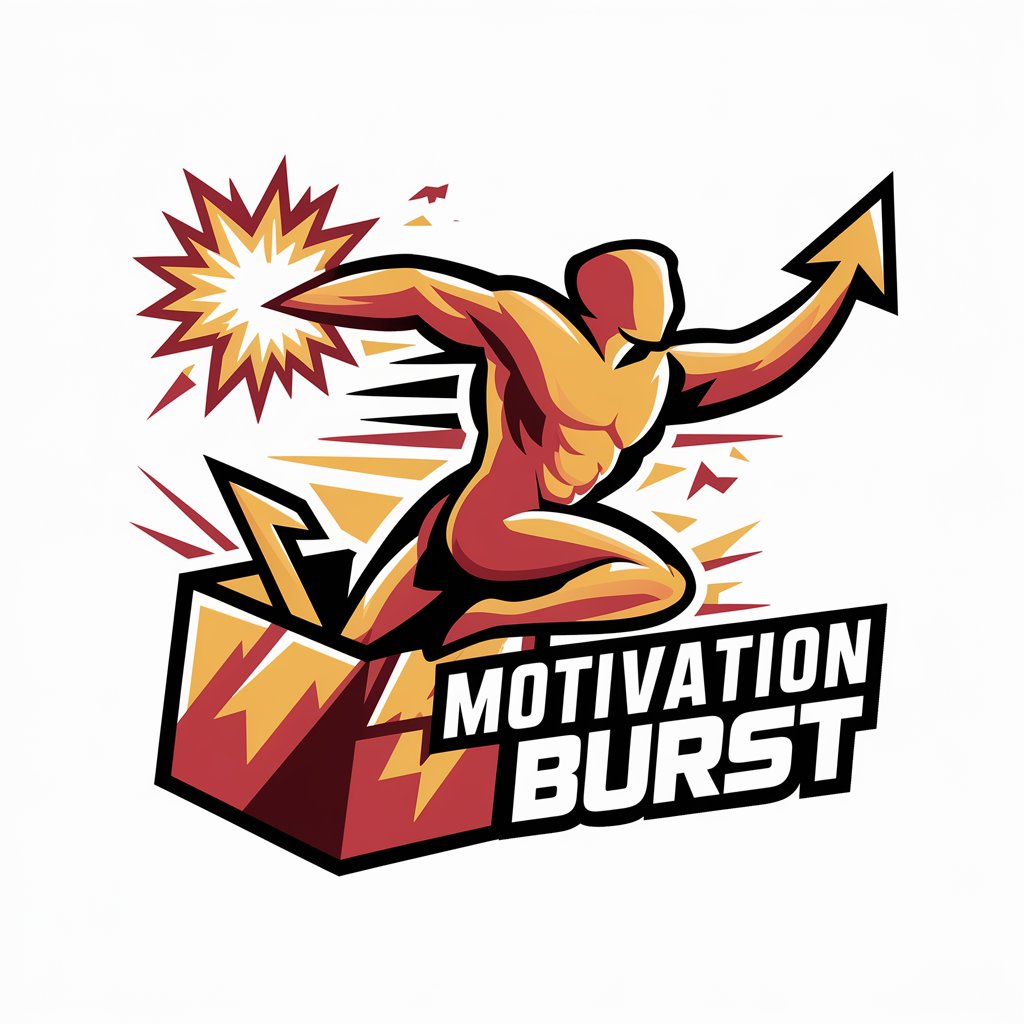
Motivation Booster
Empowering your journey with AI-driven motivation.

FAQs About Citizen Scientist's Guide
What is Citizen Scientist's Guide?
It's a digital tool designed to assist users in participating in environmental citizen science projects, offering guidance on data collection and project engagement.
Who can use this tool?
Anyone with an interest in contributing to environmental science, from students and educators to hobbyists and professionals, can use this guide.
What types of projects can I participate in?
The guide covers a wide range of environmental projects, including air and water quality monitoring, biodiversity mapping, and climate change studies.
Do I need special equipment?
While some projects may require specific tools, many can be done with just a smartphone or basic photography equipment.
How does participating benefit me?
Beyond contributing to important environmental research, participants can learn about ecology, develop research skills, and join a community of like-minded individuals.
